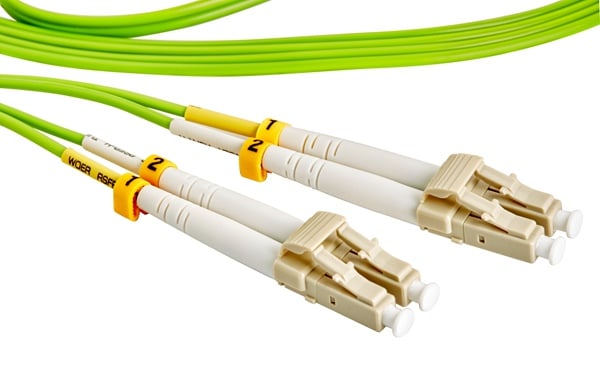
Work Process
Send: The CPU serializes the parallel data through a dedicated IC chip and inserts the corresponding bit code (start, stop, check digit, etc.) according to the communication format and the signal is sent to the fiber connector by the output terminal TXD. Then, the light source in the optical fiber connector performs the electro-optical conversion and the converted optical signal transmits an optical signal to the optical fiber through the optical fiber plug, and the optical signal propagates forward in the optical fiber.
Receiving: the optical signal from the optical fiber is sent to the receiver of the fixed plug through the moving plug of the optical fiber connector, and the receiver optically-electrically restores the received optical signal, thereby obtaining a corresponding electrical signal, and the electrical signal is sent to The RDX input terminal of the dedicated IC chip is converted to parallel data by the dedicated IC chip and then transmitted to the CPU.
Application field
The application fields of optical fiber communication are very wide, mainly used for local telephone trunk lines. The advantages of optical fiber communication can be fully utilized here, and the cable is gradually replaced, which is widely used. Also used for long-distance trunk communication in the past mainly relying on cable, microwave, satellite communication, and now gradually use fiber-optic communication and form a globally advantageous bit transmission method; for global communication networks, public telecommunications networks of various countries (such as China’s national one) Level trunk line, provincial secondary line and sub-sector branch line).
It is also used for high-quality color TV transmission, industrial production site monitoring and dispatching, traffic monitoring, and control command, town cable TV network, shared antenna(CATV) system, Used in fiber optic LANs and others such as in aircraft, in spacecraft, in ships, undermines, in the power sector, in military applications, and in corrosive and radiative applications.
The optical fiber transmission system mainly consists of an optical transmitter, an optical receiver, an optical cable transmission line, an optical repeater, and various passive optical components. To communicate, the baseband signal must be further electrical terminals of the unit after the signal processing to the optical fiber transmission system to complete the communication process.
It is suitable for use in fiber optic analog communication systems, but also for fiber optic digital communication systems and data communication systems. In the optical fiber an analog communication system, the electrical signal processing refers to the processing of amplifying and pre-modulating the baseband signal, and the electrical signal processing is the inverse process of the originating processing, that is, demodulation, amplification, and the like.
In the optical fiber digital communication system, electrical signal processing refers to amplification, sampling, and quantization of the baseband signal, that is, pulse code modulation (PCM) and line code type encoding processing, and the electrical signal inverse processing is also the inverse process of the originating end. For data fiber communication, electrical signal processing mainly involves amplifying the signal. Unlike digital communication systems, it does not require pattern conversion.